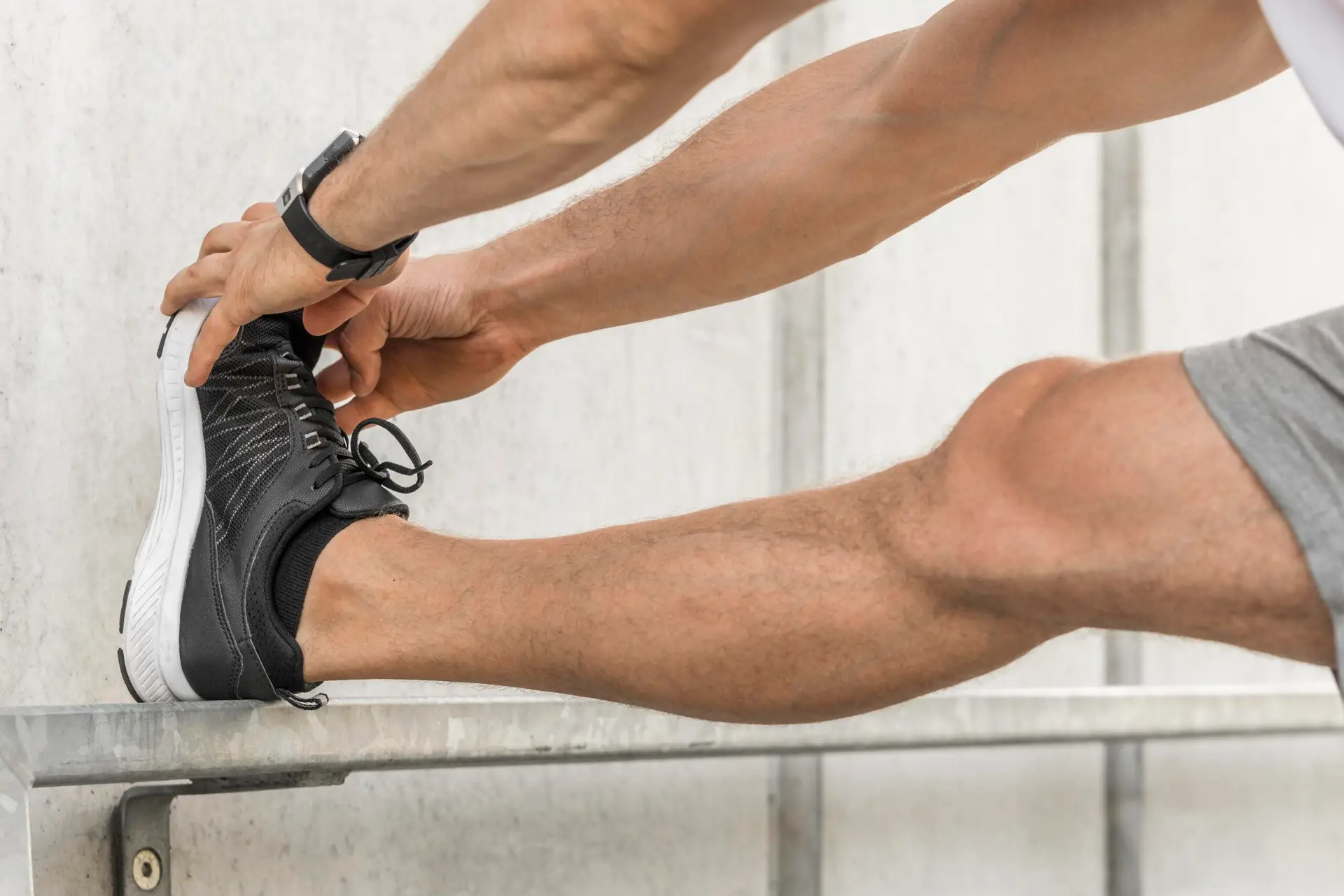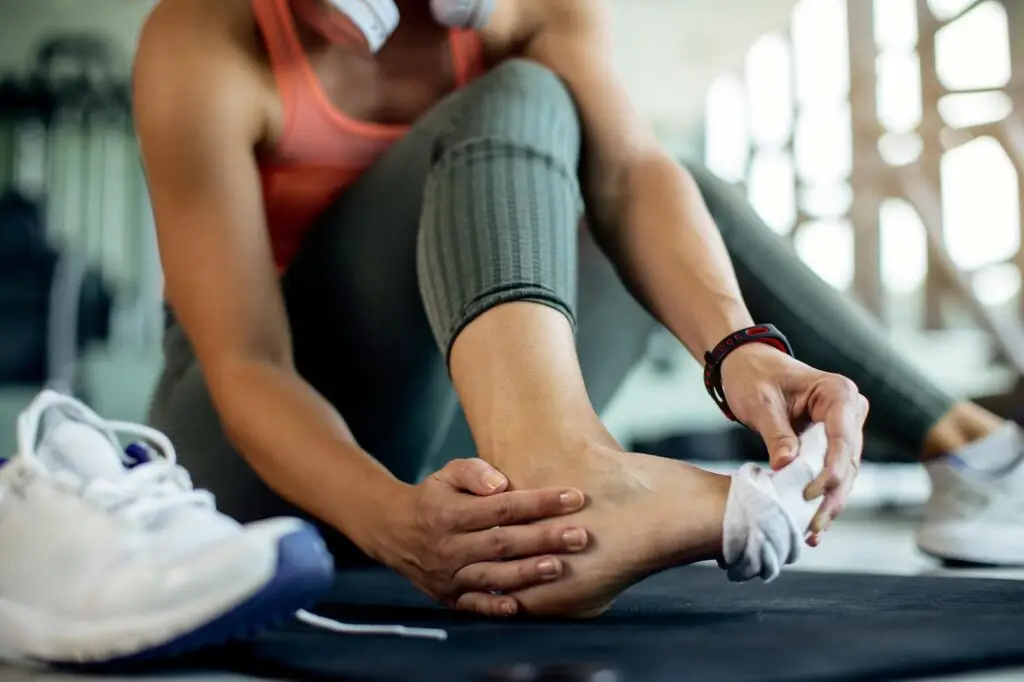4 Ways to Prevent “Tech Neck”
The short answer is yes. A chiropractor can help neck pain. Neck pain one of the most common presentations at The Wellness Place.
4 Ways to Prevent “Tech Neck”
Text neck is a repetitive stress injury of the neck
from having your head in a forward position for an extended period. This often happens due to
texting or staring at a phone and is prevalent in today’s society.
According to a recent orthopedic review, “text neck directly affects the spine while flexing the
head forward at varying degrees: when the head tilts forward 15 degrees, the force on the neck
surge to 27 pounds, at 30 degrees 40 pounds, at 45 degrees 49 pounds and at 60 degrees 60
pounds.”
That sounds stressful, doesn’t it? Check out our top tips below for preventing this
painful condition.
Raise your phone
Move your phone closer to eye level to prevent your head from tilting excessively forward,
limiting extra stress on your neck.
Take frequent breaks
Spend time away from your phone—or any type of head-forward task. You can set up screen
time limits on your phone for specific apps if needed.
Correct your posture
When using your phone or other e-device, ensure a good posture. Sit up straight with your chin
slightly tucked and your shoulders pulled back. This will help align your body in a more neutral
position.
Exercise regularly
Exercising regularly can create a robust and flexible spine that can better handle the extra
stress. Research indicates that teenagers active in team sports or endurance sports are less
likely to have neck pain.
Keep these tips in mind to stay healthy. And remember, we’re here to help when you’re feeling
uncomfortable.
Call our office if you suffer from neck pain due to text neck (or any other
reason). We can provide customized treatment to get you back on track quickly!
Why not book an appointment online and get a professional medical assessment and the right whiplash treatment plan, today?




